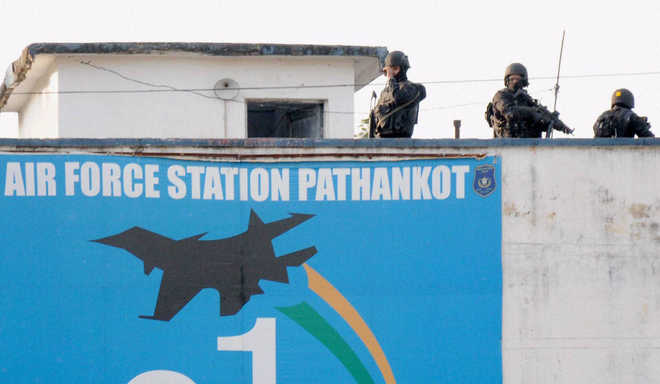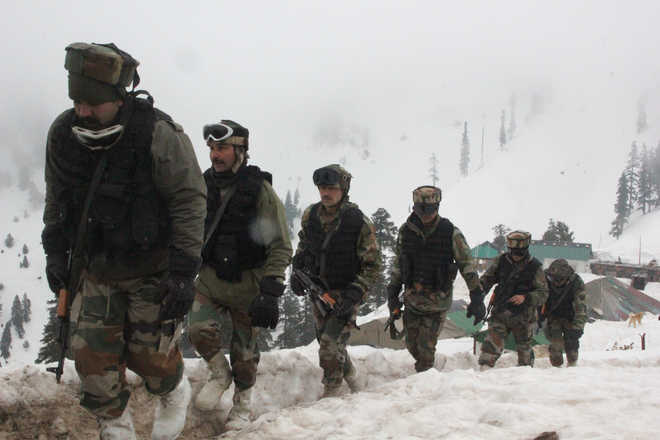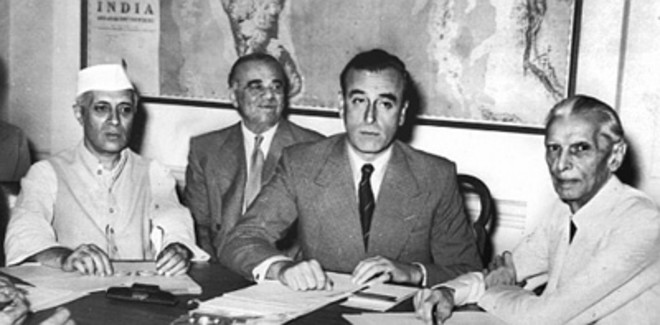The Army should be allowed to function without political pressures, even as serious efforts should be made to avoid collateral damage that hurts the sentiment of locals. Apparently, the mishandling of post-Burhan Wani protests was a major reason for the renewed violence.
The year 2017 has had an unhappy dawn for the Indian Army, with an unexpectedly large number of soldiers getting killed in encounters. A distressingly high number was also killed by avalanches. While the loss of lives in counter-terror operations is understandable, death by snow in this age of technology and forecasts was avoidable.Kashmir is witnessing a rising trend of local mobs supporting militants in fleeing from encounter sites. Concerned over the development and increasing violence, the Chief of Army Staff (CoAS) declared the Army’s intention of “acting tough” against supporters, which later led to a political controversy.February has been particularly bad. On February 12, two Army personnel were killed in a skirmish with combined cadres of Hizbul Mujahideen (HM) and Lashkar-e-Taiba (LeT) at Nagbal in Frisal area of Kulgam district. Two civilians also lost their lives in the crossfire, as locals had suddenly turned up in the street to pelt stones at the security forces, helping three militants to escape. In a similar gunfight on February 14, a Major of 30 Rashtriya Rifles (RR) was badly injured by LeT members in Handwara area of Kupwara. The wounded officer was not able to reach the hospital in time and died because of protests in the streets and a roadblock by locals. Earlier on the same day, three jawans had been killed and five injured, including one CRPF Commanding Officer, in an encounter at Parray Mohalla Hajan in Bandipora district. Members of the public had come out at the encounter site and started pelting stones at soldiers, disturbing their operation and facilitating the escape of a militant. On February 23, three Army jawans were killed and five others, including two officers, were injured in a militant attack in south Kashmir’s Shopian district. A woman was also killed in the cross-fire.Infuriated by the subversive activities of locals and their repeated causing of impediments in counter-military operations (compromising the Army’s initiatives), on February 15 the CoAS, General Bipin Rawat, said “tough action” would be taken against the people responsible. He further stated that the Army would continue to conduct relentless operations with harsher measures if the locals persisted in stone-pelting. Separatist leaders and Opposition parties, however, attacked the government saying the Chief’s statement was potentially dangerous as it would worsen the already hostile situation in the region.Members of the J&K National Conference (JKNC) said General Rawat’s statement would increase public aggression in Kashmir. Later, a separatist leader from the All Parties Hurriyat Conference (APHC), Syed Ali Geelani, claimed it was an open threat to kill civilians freely. Moderate APHC chairman Mirwaz Umar Farooq and J&K Liberation Front (JKLF) chief Yasin Malik believed it was the result of a “tyrannical mindset” against Kahmiris and immature politics, and was a direct threat to citizens. Former Peoples Democratic Party (PDP) leader Tariq Hameed Karra, who recently joined the Congress, also condemned the remark as politically motivated and alleged the Army was being used by the ruling party.Nonetheless, the Chief found full support from the political leadership in the Union government as well as the top brass of other security services. Jitendra Singh, Minister of State in the Prime Minister’s Office, accused the Congress of “politicising the issue” and speaking the language of separatists. Kiran Rijiju, Union Minister of State for Home, explained that the statement of the Army Chief should not be misinterpreted, and should rather be seen from the perspective of national interest and the prevailing circumstances in J&K. A.V. Chauhan, Inspector General (Jammu sector) of the CRPF, said his force was working closely with the Army, and reiterated that the miscreants that help armed militants escape should be treated firmly under the law of the land.Concerned over the hurdles being created by locals during encounters, on February 15, a high-level security review committee gave out important guidelines for the security forces (the CRPF, J&K Police, and the Army) and the state administrative machinery involved in counter-militancy operations. First, a joint control room with an armour-protected vehicle would be set up at the encounter site. Next, the Deputy Commissioner concerned would take the responsibility of preventing the assembly of civilians at the encounter site. The police would identify over-ground workers who provide shelter to militants. Local police officials would also trace the stone pelters and take stern judicial action against them. Subsequently, on February 16, the state government issued an order to ban people’s assembly at encounter sites and imposed prohibitory orders within a radius of 3 km.Undoubtedly, the recent developments illustrate the intention of local elements to provide direct or indirect support to militants during encounters. This is adding to the increase in the casualty figures of soldiers and compromising counter-militancy efforts.The Army should be allowed to function without political pressures, even as serious efforts should be made to avoid collateral damage that hurts the sentiment of locals. Apparently, the alleged mishandling of protesters by security forces after the death of Burhan Wani in July 2016 was one of the major reasons for Kashmiri youth picking up arms (or stones).The sad loss of soldiers in avalanches was, of course, avoidable. On January 25, a Major from the High Altitude Warfare School was killed when an avalanche hit an Army camp at Sonamarg in Ganderbal district. Again on January 27, ten soldiers were killed and four went missing after an avalanche knocked down a camp in Gurez sector in Bandipora district. Our inability to protect the soldiers from such natural disasters needs introspection on our use of technology. If need be, India should collaborate with foreign agencies that have the necessary expertise.The writer is an Assistant Professor at the Department of National Security Studies, Central University of Jammu.






















































 REUTERS
REUTERS

 PTI PHOTO
PTI PHOTO































































